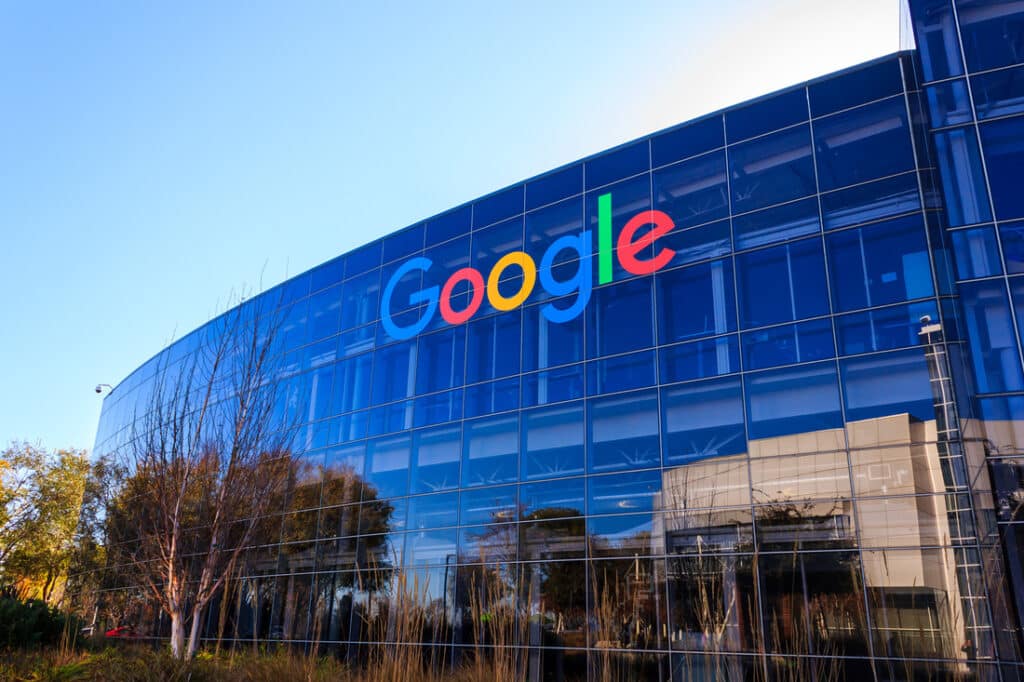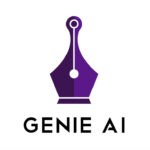Artificial intelligence (AI) is transforming industries, reshaping everything from customer service to scientific research.
However, as this technology becomes essential in daily life, its energy consumption has raised significant environmental concerns. The race is on to find sustainable solutions that balance innovation with ecological responsibility.
The growing energy demand of AI
The energy consumption of AI systems like ChatGPT, which generate responses through complex models, is staggering. The IEA says, “After globally consuming an estimated 460 terawatt-hours (TWh) in 2022, data centres’ total electricity consumption could reach more than 1,000 TWh in 2026. This demand is roughly equivalent to the electricity consumption of Japan.”
This demand is expected to grow as AI adoption accelerates, creating a pressing need for eco-friendly approaches to support AI’s vast energy requirements without compromising environmental health.

BitEnergy AI’s breakthrough solution
One promising approach comes from BitEnergy AI, a tech company pioneering a method to lower AI’s power requirements. By replacing energy-intensive floating-point multiplications with integer addition, BitEnergy’s technology significantly reduces the computational power required.
Early tests suggest this technique could cut AI energy usage by up to 95%, offering a substantial reduction. However, this method demands specialized hardware that has yet to be widely licensed, underscoring the need for further development before it can have a large-scale impact.
Nuclear power: A consistent solution from big tech
BitEnergy’s algorithm isn’t the only approach to sustainable AI. Major players like Google, Amazon and Microsoft are investing in nuclear energy to power their data centers. Google recently announced plans to use nuclear energy to support its data-intensive operations, aiming to reduce fossil fuel dependency and provide a stable, clean energy source.
Nuclear power, with its high-output, low-carbon profile, is ideal for the 24/7 demands of AI systems, making it a strategic choice for companies aiming to minimize their carbon footprint.
Microsoft is also embracing nuclear energy, partnering with Pennsylvania’s Three Mile Island to power its data centers. This decision marks a shift in sustainable energy sourcing, particularly as nuclear energy offers a steady alternative to intermittent sources like wind and solar.
Amazon also announced their quest for “innovative nuclear energy” this week as the company aims to reach net-zero carbon by 2040. Kevin Miller, Amazon Web Services’ vice president of global data centers, told The Associated Press, “AI is driving a significant increase in the amount of data centers and power that are required on the grid. We view advanced new nuclear capacity as really key and essential.”
Google, Amazon and Microsoft’s moves illustrate how nuclear power can reliably support AI’s continuous energy needs, enabling advancements without exacerbating environmental strain.
Understanding AI’s energy impact
To grasp the impact of AI’s energy requirements, consider that each query handled by models like ChatGPT can consume as much power as an LED bulb running for several hours.
As individuals and businesses increasingly rely on AI for tasks such as customer service and data analysis, the cumulative energy cost could strain power grids. Sustainable solutions are critical to avoid the negative environmental consequences of unchecked AI growth.
The push for sustainable AI solutions
BitEnergy AI’s innovative algorithm and the nuclear energy investments by Google, Amazon and Microsoft represent different yet complementary paths toward reducing AI’s environmental impact.
These efforts reflect a broader commitment within the tech industry to prioritize sustainability, serving as examples for other sectors seeking responsible growth.
A vision for a greener future
By adopting sustainable practices, tech companies are paving the way for an AI-powered future that harmonizes technological progress with environmental stewardship.
Moving forward, a combination of energy-efficient computing innovations, such as those from BitEnergy, and alternative energy sources, like nuclear power, could define the future of sustainable AI. Together, these approaches promise a vision where AI continues to advance without compromising our planet’s health.
Photo courtesy of achinthamb/Shutterstock








